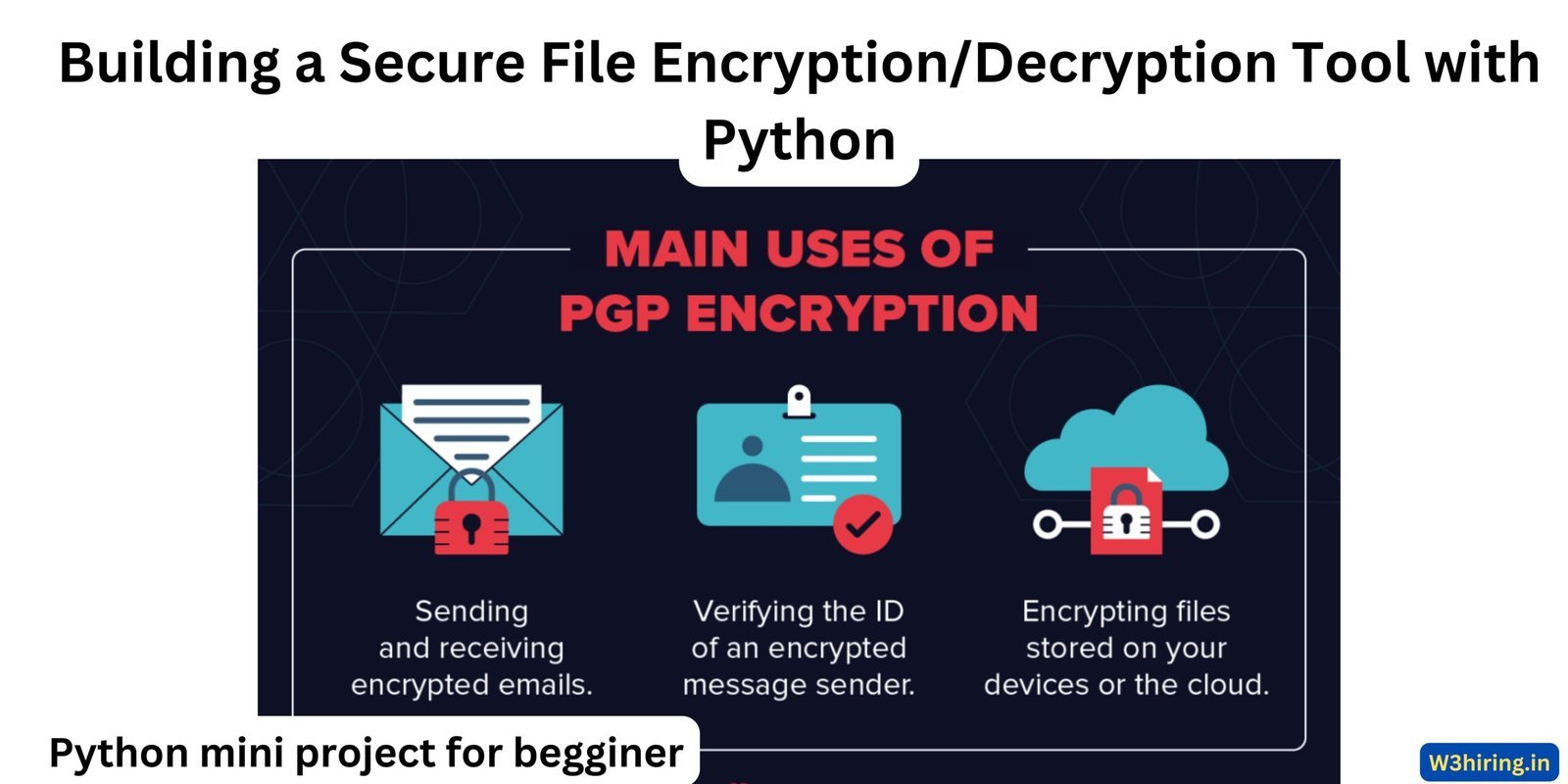In the digital age, where data breaches and privacy concerns are ubiquitous, the need for encryption tools has never been more pronounced. However, while functionality is paramount, the user experience shouldn’t be overlooked. Engaging and enjoyable encryption tools can significantly enhance the user’s interaction with the software, bridging the gap between utilitarian design and user satisfaction. This article delves into the intricacies of crafting encryption tools that are not only effective but also captivating.
At the core of creating enjoyable encryption tools lies an understanding of user psychology. Users often approach encryption with a sense of trepidation. This is largely due to the complex nature of cryptographic mechanisms and the fear of unintentionally compromising their data. Consequently, addressing this psychological barrier is essential. The design must instill confidence rather than intimidation, ensuring users feel in control of their information. This can be achieved through intuitive interfaces that eliminate unnecessary complexity, allowing users to focus on the task at hand—securing their sensitive data.
Visual design plays a pivotal role in this endeavor. An aesthetically pleasing interface that employs harmonious color schemes and user-friendly layouts can encourage exploration. For instance, incorporating gamified elements such as progress bars or unlocking achievements can make the process of encrypting files feel like an engaging game rather than a burdensome task. These elements tap into inherent human tendencies towards reward-seeking, creating a sense of accomplishment and satisfaction.
Furthermore, employing storytelling within the design can enrich user engagement. By framing the encryption process as a narrative journey, users can feel more invested in the outcome. For example, introducing characters or scenarios that illustrate the importance of data protection can serve to underline the role of the user in safeguarding their information. This provides a deeper emotional connection to the software, transforming mundane tasks into meaningful actions.
In addition to visual appeal and narrative context, functionality is critical. The encryption tool must be sufficiently robust to ensure data security. Users should have the option to select between various encryption methods, such as AES, RSA, or Blowfish. This versatility caters to different levels of expertise and specific user needs. Providing clear explanations of each method’s strengths and weaknesses can empower users to make informed decisions about their data security.
Another layer of engagement can be added through customization options. Allowing users to personalize their encryption software—be it through modifying color themes, icon preferences, or notification sounds—can enhance the user experience. Such personalization not only fosters a sense of ownership but also makes the tool feel more approachable. The act of customizing can be intrinsically rewarding and encourages individuals to explore and utilize the encryption functionalities to their fullest extent.
Incorporating social features is another strategy that can enhance the fun factor of encryption tools. Many users possess a natural curiosity and enjoyment in sharing and collaborating. Integrating features that allow users to securely share their encrypted files with friends or colleagues fosters a sense of community. Adding elements of competition, such as features that track the frequency of encryption tasks completed or highlight the most secure user, can encourage continued engagement with the platform.
Moreover, educational components can serve to demystify encryption. Many users might not understand how encryption works or why it is necessary. By embedding tutorial segments or gamified learning modules directly into the software, users can acquire knowledge while engaging with the tool. This fosters a culture of continuous learning and reduces intimidation, transforming users from passive recipients into active participants in their own data security.
Compatibility with various platforms is another consideration. A successful encryption tool should be accessible across a range of devices and operating systems. This omnipresence ensures that users can encrypt their data seamlessly, regardless of their location or platform. Cloud-based solutions can further facilitate ease of access, allowing users to encrypt files on-the-go. This flexibility means that users can engage with their encryption tools in the manner that is most convenient for them, thereby enhancing overall satisfaction.
Feedback mechanisms should accompany the implementation of these features. Providing users with avenues to share their thoughts on functionality and enjoyment not only provides valuable insight into user preferences but also fosters a sense of community. Users who feel that their opinions are valued are more likely to remain engaged and invested in the product.
Ultimately, building encryption tools that are genuinely fun to use necessitates a delicate balance between security and user engagement. As the digital landscape continues to evolve, so too must the approach to user experience in cryptographic software. By transcending the conventional boundaries of encryption, developers can transform the user experience from one of obligation to one of enjoyment. This not only promotes a culture of data security but also cultivates a landscape where users are proactive in protecting their information.
In conclusion, the fusion of functionality and enjoyable design in encryption tools is not merely advantageous; it is essential in fostering a proactive approach to data security. As users navigate the complexities of the digital realm, engaging encryption tools can significantly transform their interactions, leading to a more secure and enjoyable experience. The quest for data protection should not feel like a chore. Rather, it can embody a journey that users are excited to undertake.








Leave a Comment